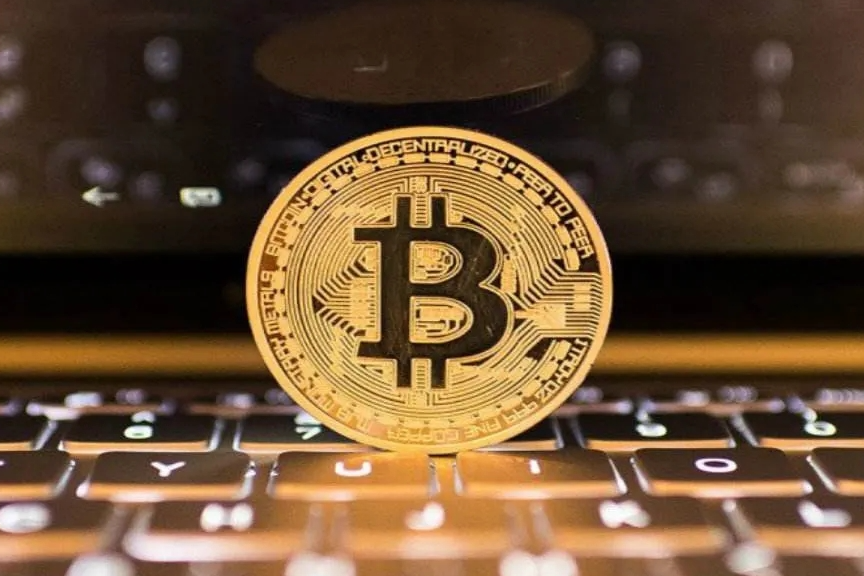- There are now a large number of Ethereum treasury companies with mNAV below 1. Is there a possibility that these companies could face a collapse in this bear market, leading to a cascading sell-off?
Is there a possibility of a collapse? I do believe there is a possibility, but whether it will actually happen is uncertain.
What I care more about is: if this possibility does occur, what should we, as participants, do?
My approach is simple: if Ethereum drops to $2500, I will continue to dollar-cost average. Once you think this through, whether it collapses or not shouldn't be too much of a concern.
As I wrote in my article yesterday, I neither hate nor like these companies. Most of them (probably except for MicroStrategy) are a bunch of gamblers; after all, they are using investors' money, so if they lose, they bear no responsibility, and if they win, it's their credit. Therefore, I have always viewed them with a critical and cautious eye.
In fact, it's not just these treasury companies; many Wall Street financial institutions that have been loudly proclaiming the value of Bitcoin and Ethereum in this market cycle have also started to take frequent actions recently.
For example, BlackRock has been observed selling off its Bitcoin and Ethereum holdings continuously in recent days. They call it balancing their positions, but in my view, it's driven by speculative psychology, unable to resist the temptation to buy high and sell low.
But if we look back at what they were confidently proclaiming at the beginning of the year or even last year: they were adamant that Bitcoin and Ethereum could reach XXXX dollars in the coming XXX years.
So even if they hold onto their assets at the current price without selling, when the future XXX years arrive and they reach the price they were shouting about, the annualized returns from Bitcoin and Ethereum would far exceed the average annualized returns of many so-called quality assets.
Since they already have such a good asset in hand, why sell it now?
It's just that under the temptation of short-term profits, they immediately forget the long-term benefits they themselves have mentioned.
- Do the S&P 500 and Nasdaq 100 still have potential in the future?
That depends on how long "the future" is. If "the future" refers to 20 or even 30 years, I think there is potential, but if "the future" refers to the next two to five years, I can't make a judgment.
Regarding the indices of U.S. stocks, I have shared my views in previous articles:
I sold all my indices early on because I really couldn't understand their valuations, leaving only a few companies I like.
In the current situation, I am not participating in either the indices or the companies.
As for the current state of U.S. stocks, particularly in the AI ecosystem, there have always been two opposing opinions: there is a bubble and there is no bubble.
I think it still depends on the real performance support and how long the existing performance can be sustained.
In the past, I speculated that the path to a bubble in the AI ecosystem might be: first, infrastructure stocks surge, then stocks in the application field surge, until at some stage it is realized that the application field cannot realize value, and even the infrastructure is overvalued, leading to a bubble burst.
However, two recent phenomena are worth noting because they reflect a development path that differs slightly from my imagination.
One is that Microsoft's CEO recently mentioned that the GPUs they have stockpiled are sitting in warehouses unused due to insufficient power facilities.
The other is the recent sharp decline in Duolingo's stock.
GPUs and power are both part of the AI infrastructure.
The phenomenon reflected by Microsoft indicates that even in the infrastructure sector, certain bottlenecks (like power) can lead to the idleness of other infrastructures (like GPUs). I estimate that this phenomenon may extend to other fields in the future. If this phenomenon continues, could it trigger concerns about the performance of companies in the infrastructure sector (like Nvidia)?
Duolingo is an English teaching software considered an application case of AI in the industry. Recently, its stock plummeted due to certain aspects of its performance falling short of expectations. This drop is seen as a reflection of the underperformance of AI applications.
I originally guessed that such expectations would arrive later, but I didn't expect them to appear now. Whether this expectation will further spread depends on the performance of other related companies in the future.
In summary, as the AI ecosystem has developed to this point, the accumulated uncertainty is also increasing, so I am currently observing these U.S. stocks and basically not making any moves.
免责声明:本文章仅代表作者个人观点,不代表本平台的立场和观点。本文章仅供信息分享,不构成对任何人的任何投资建议。用户与作者之间的任何争议,与本平台无关。如网页中刊载的文章或图片涉及侵权,请提供相关的权利证明和身份证明发送邮件到support@aicoin.com,本平台相关工作人员将会进行核查。




